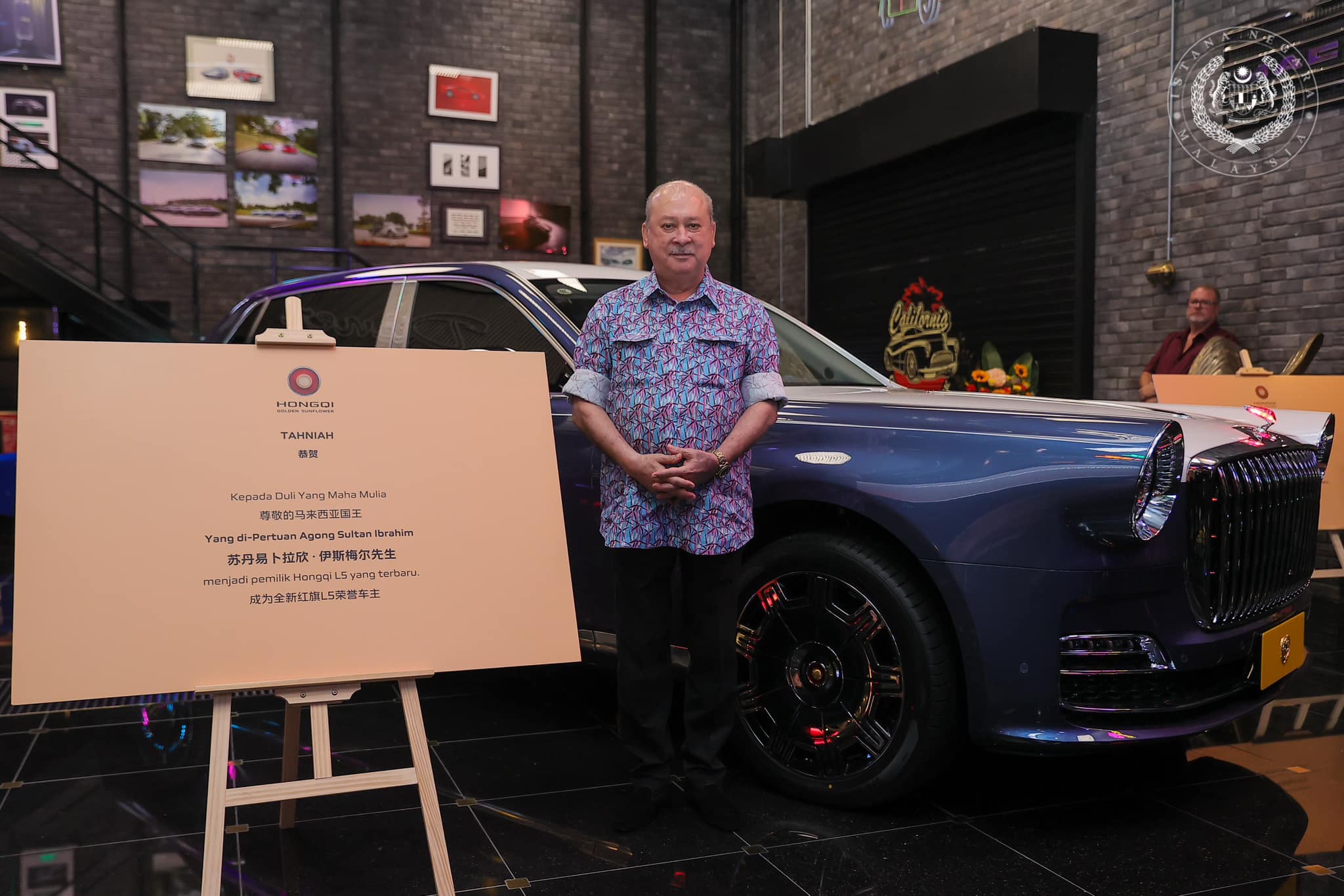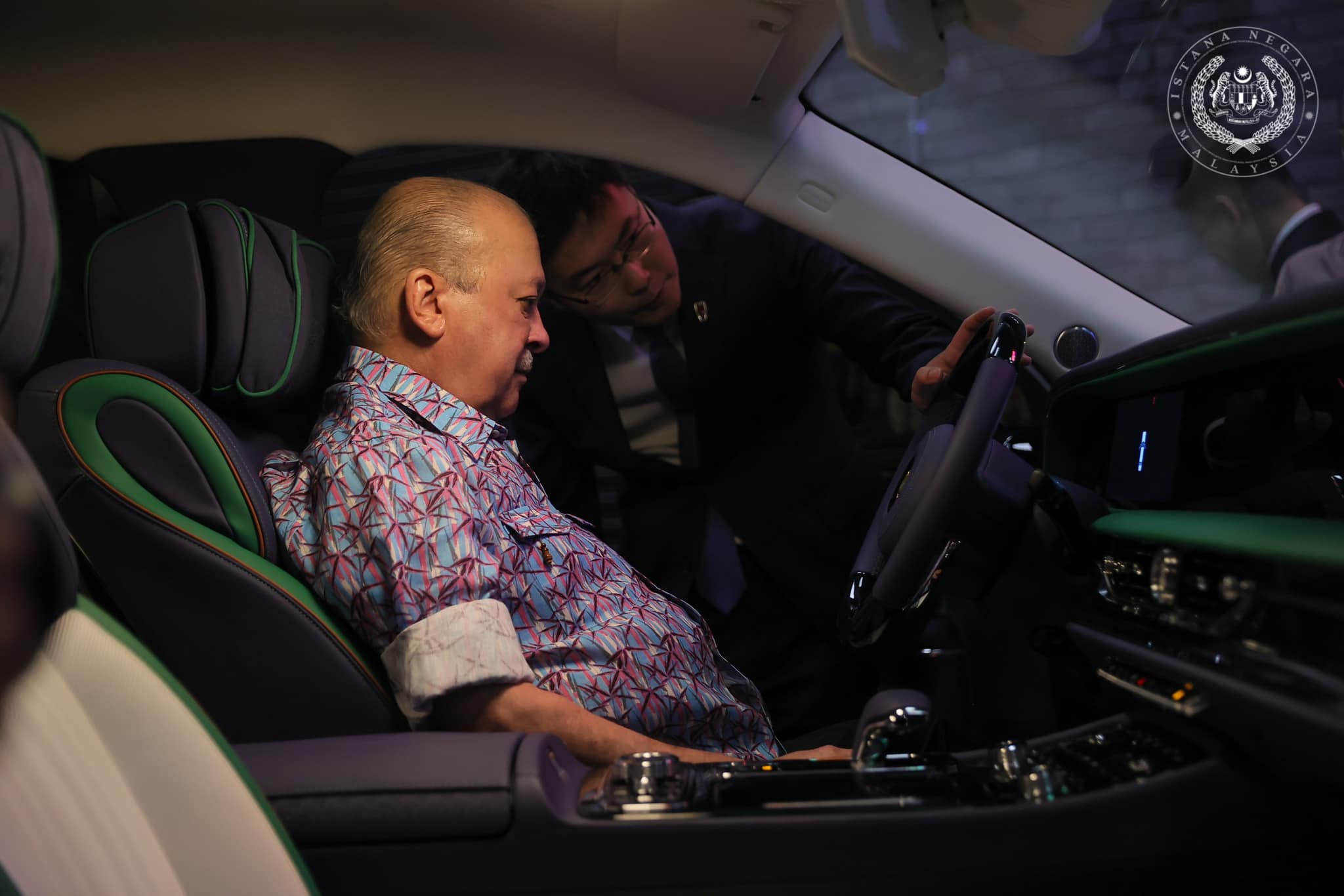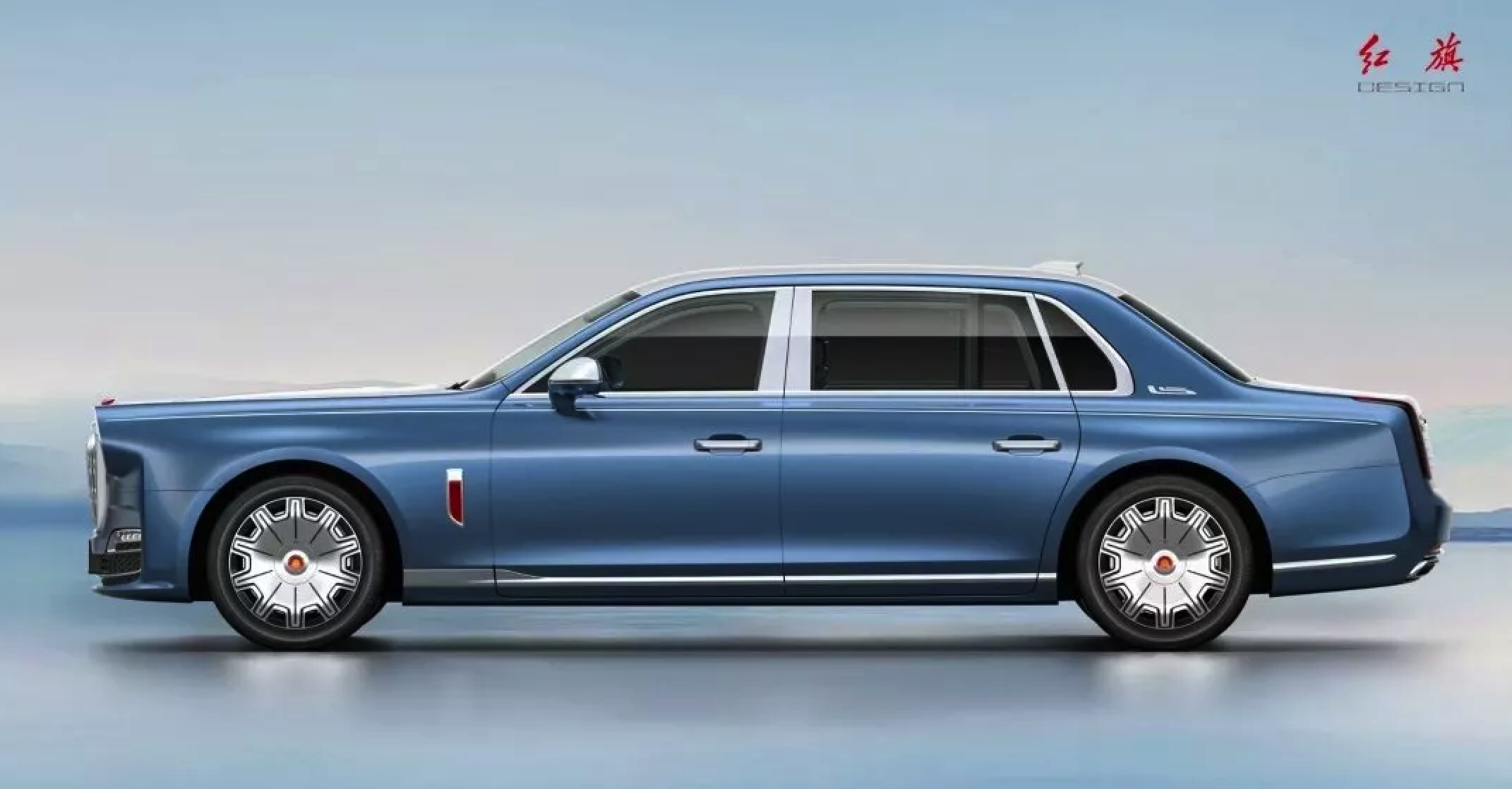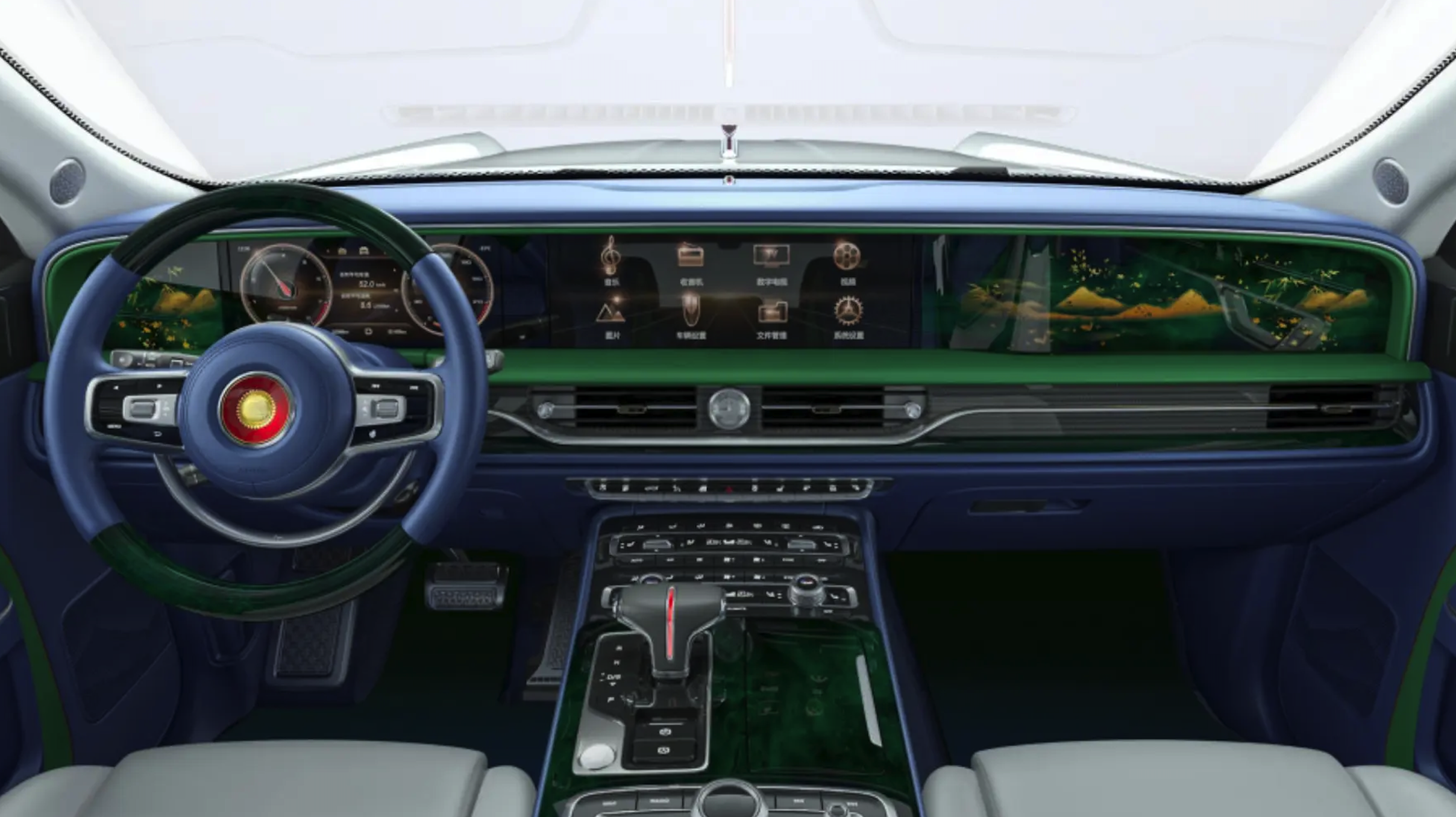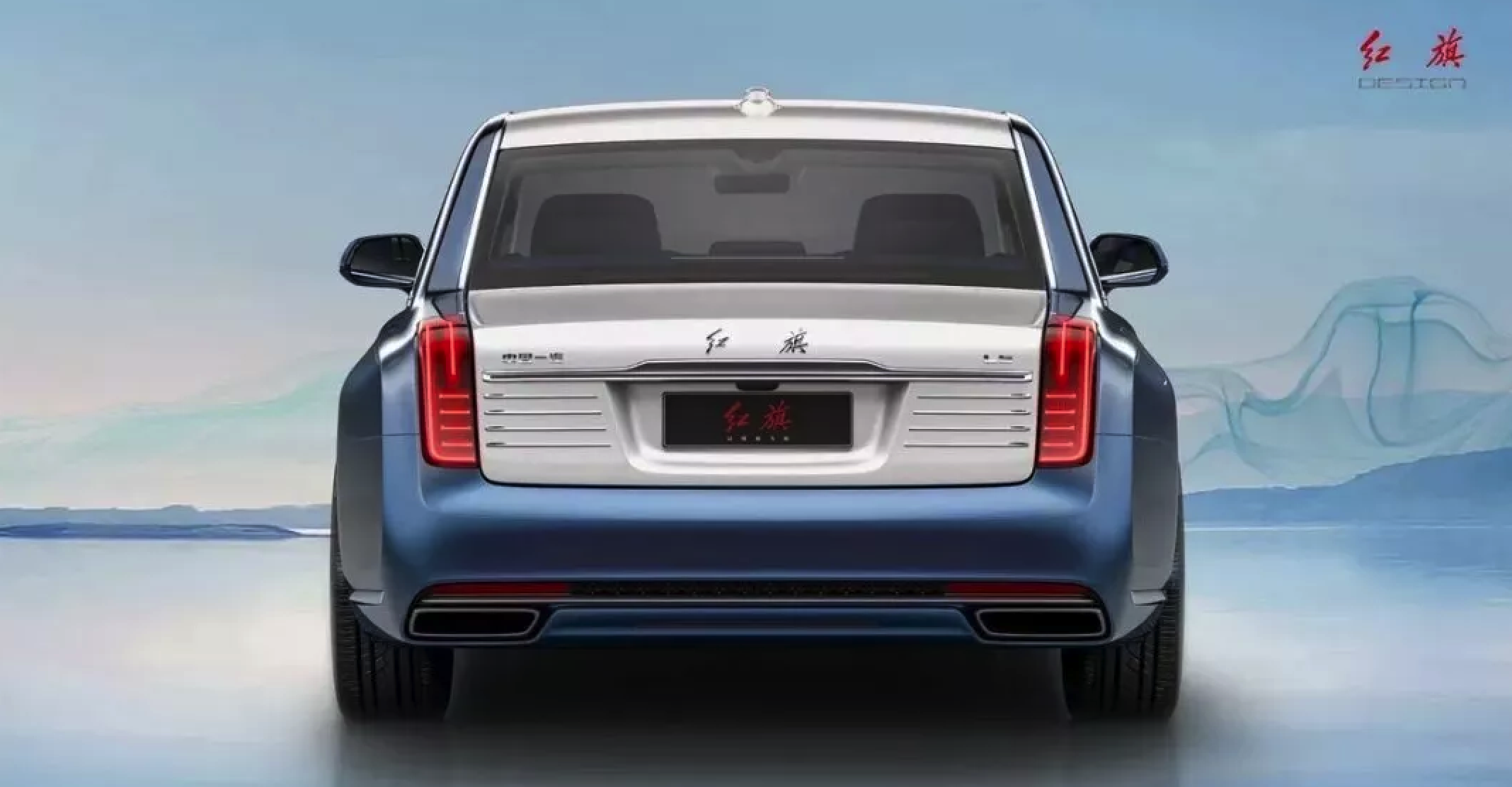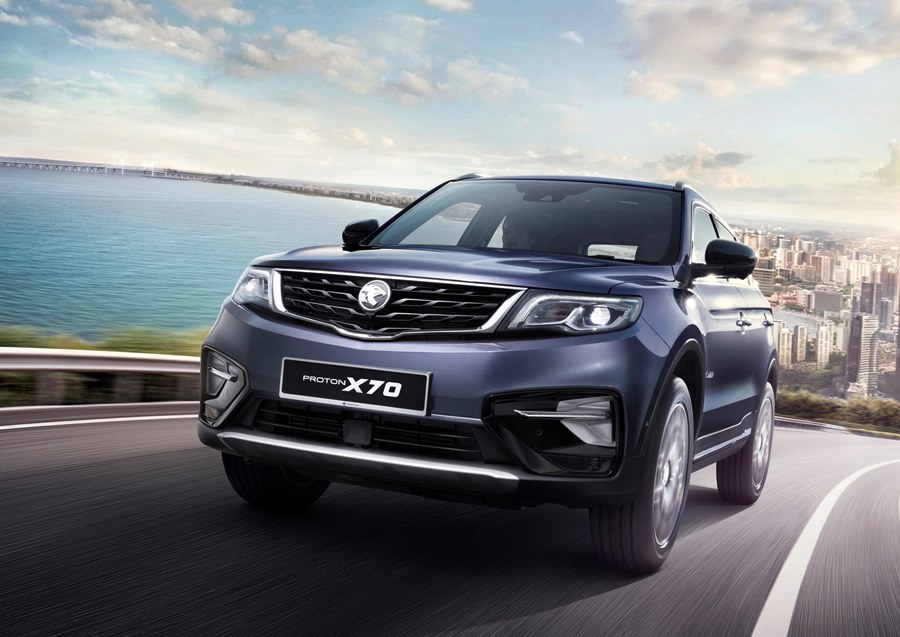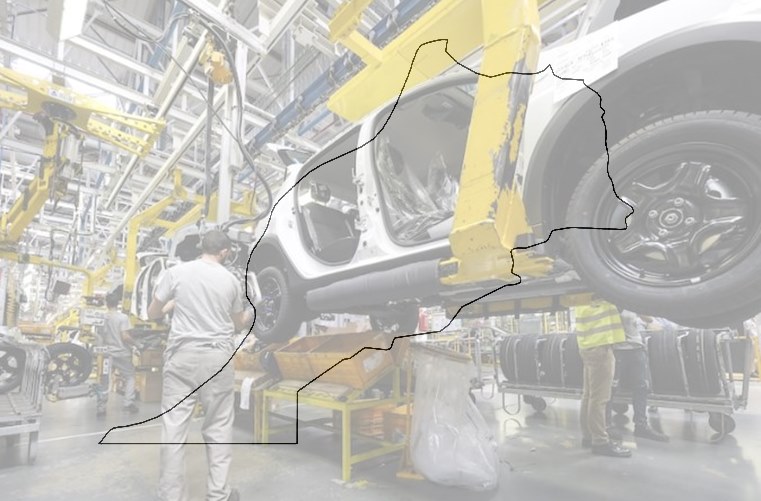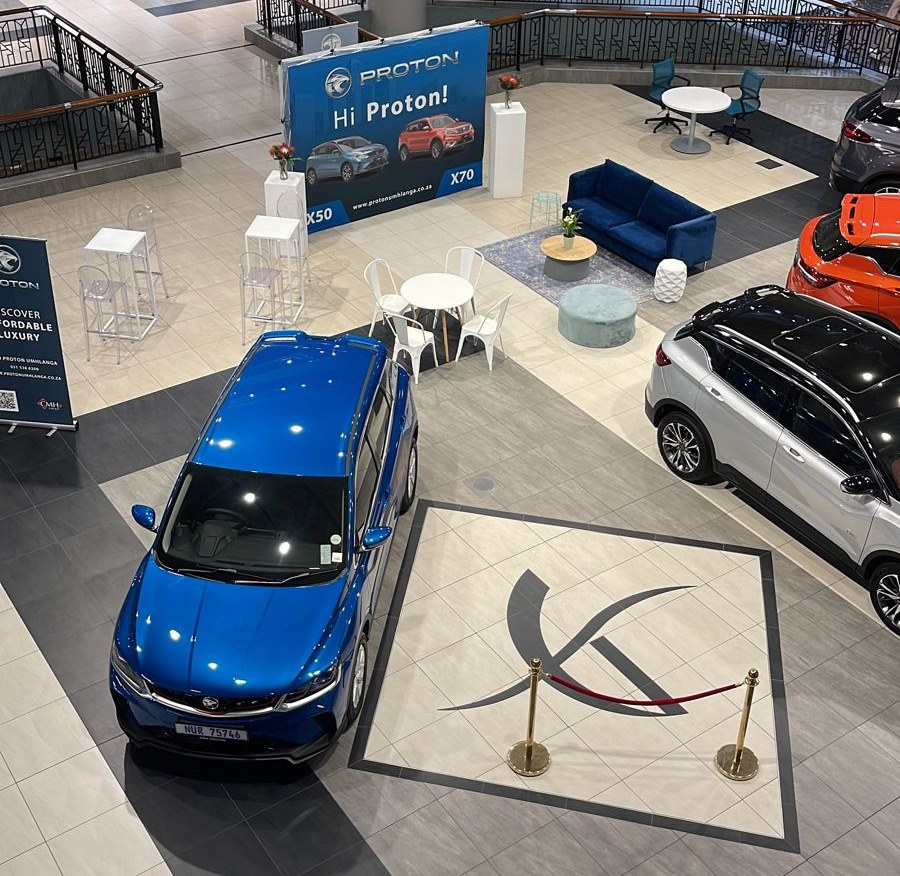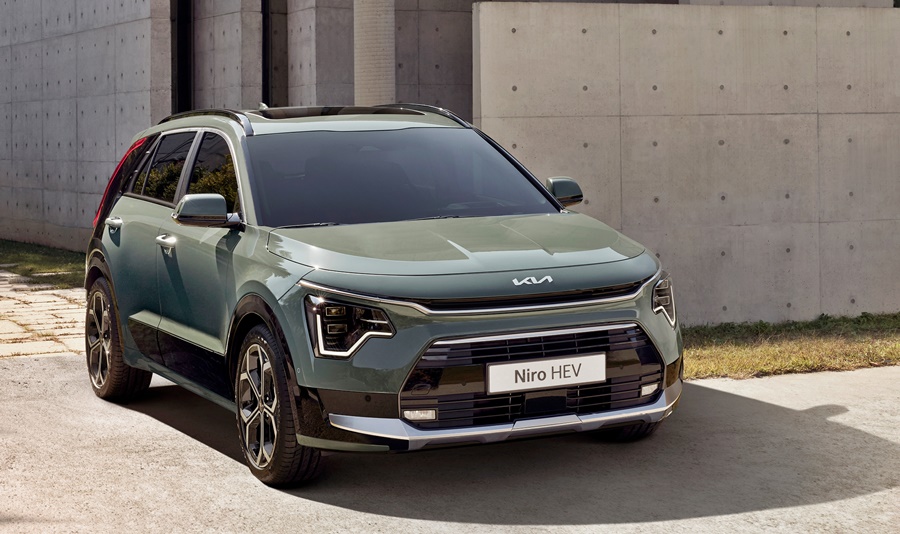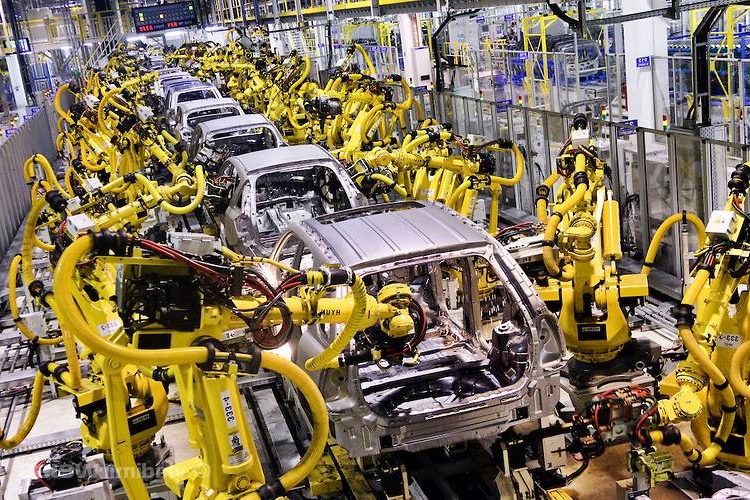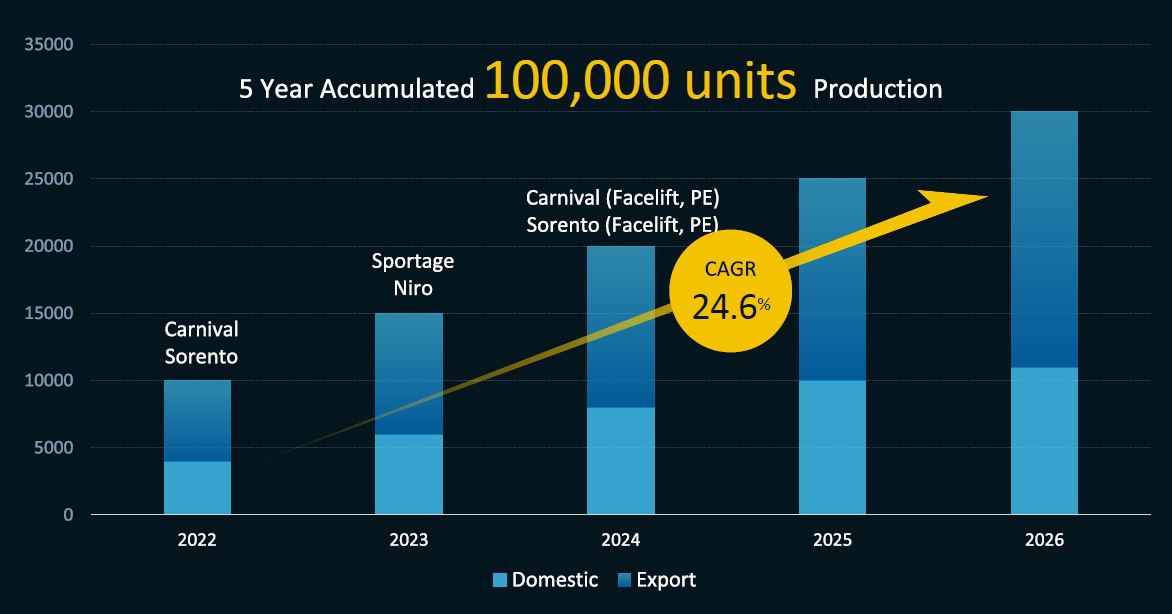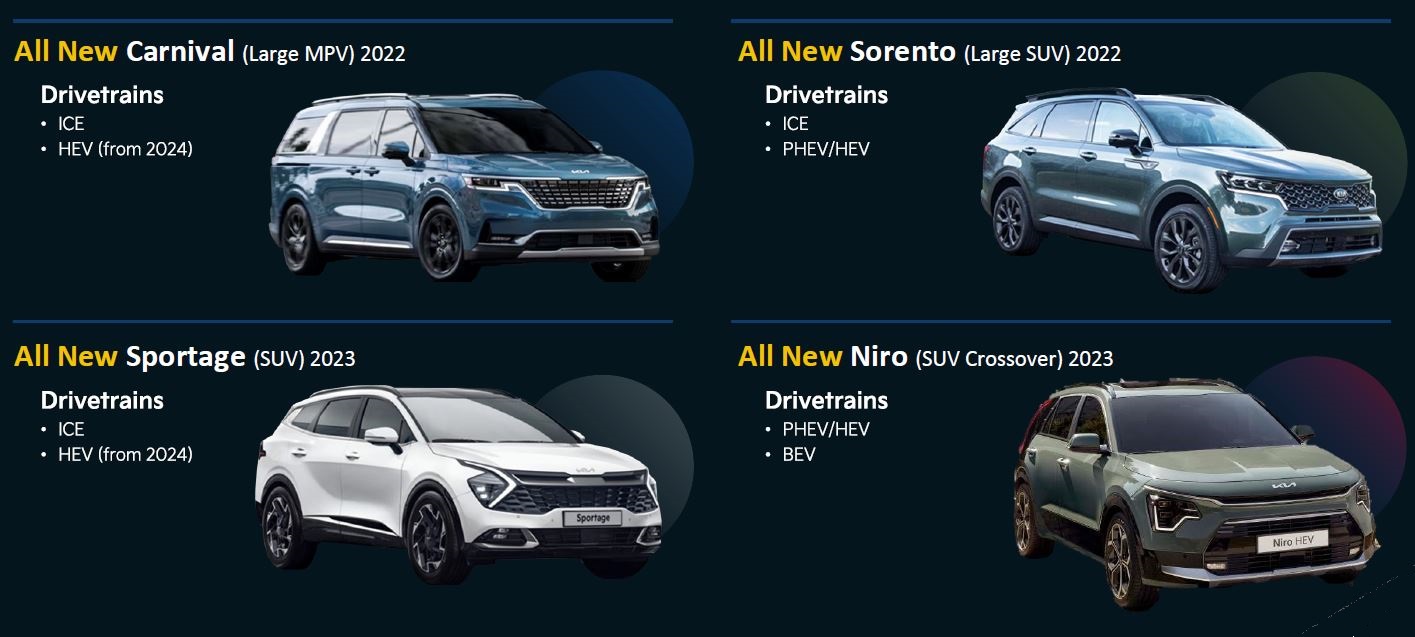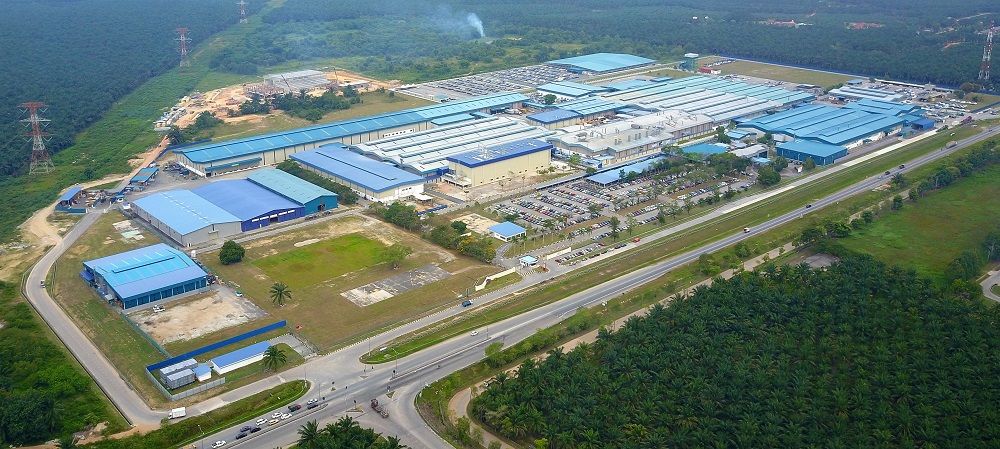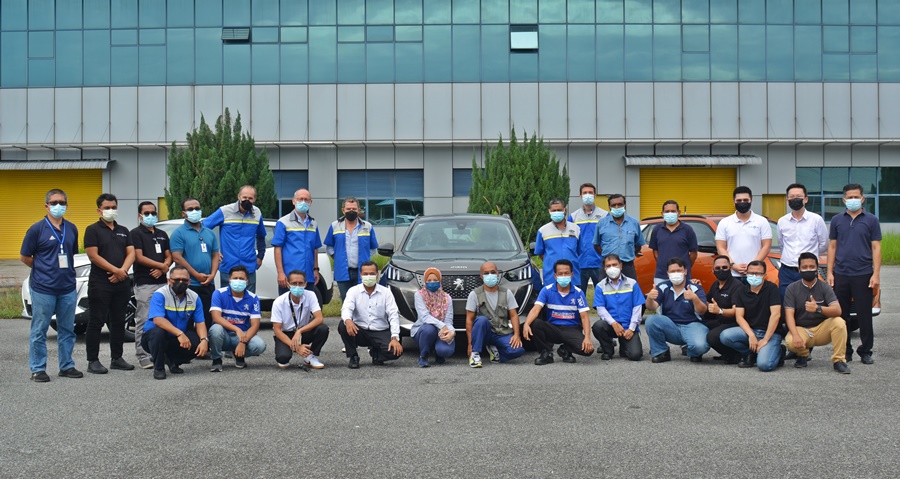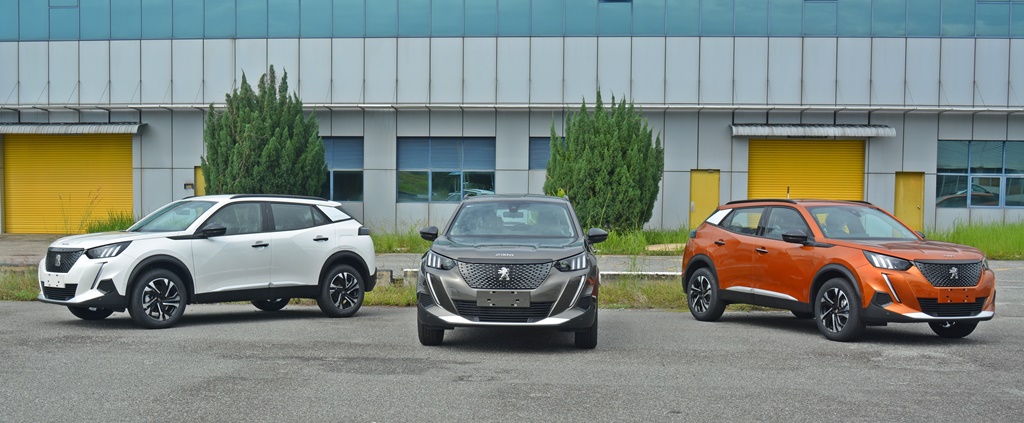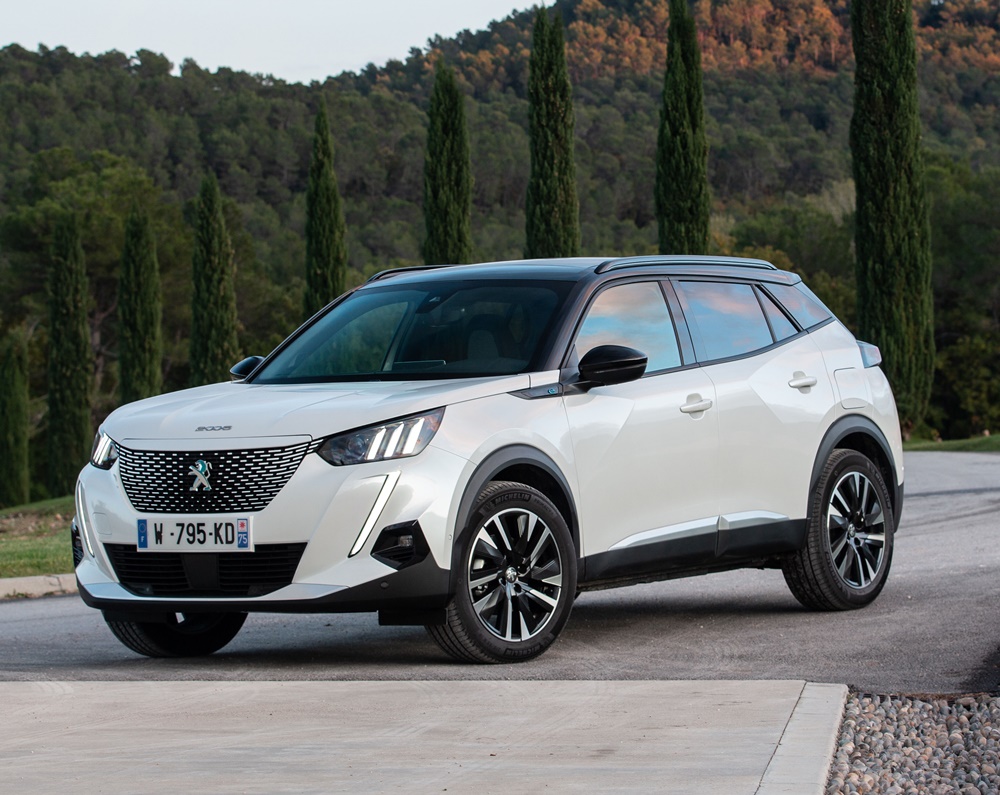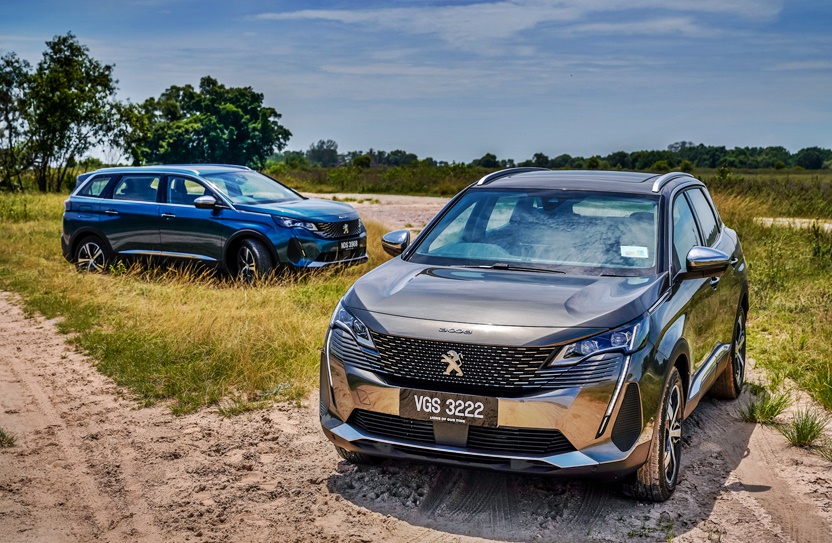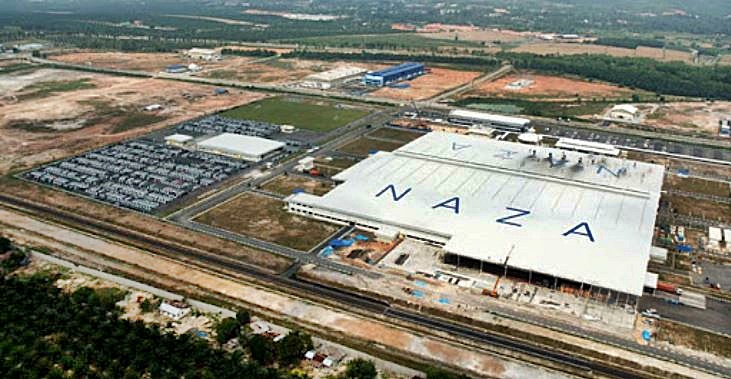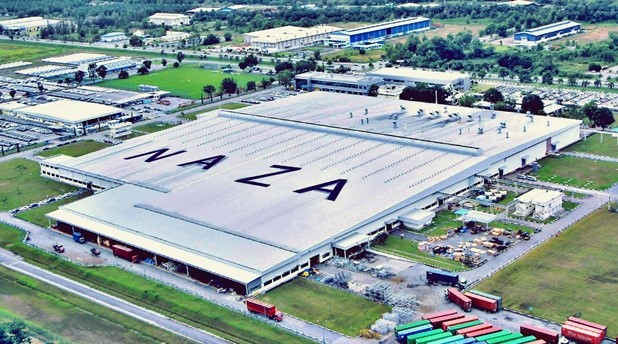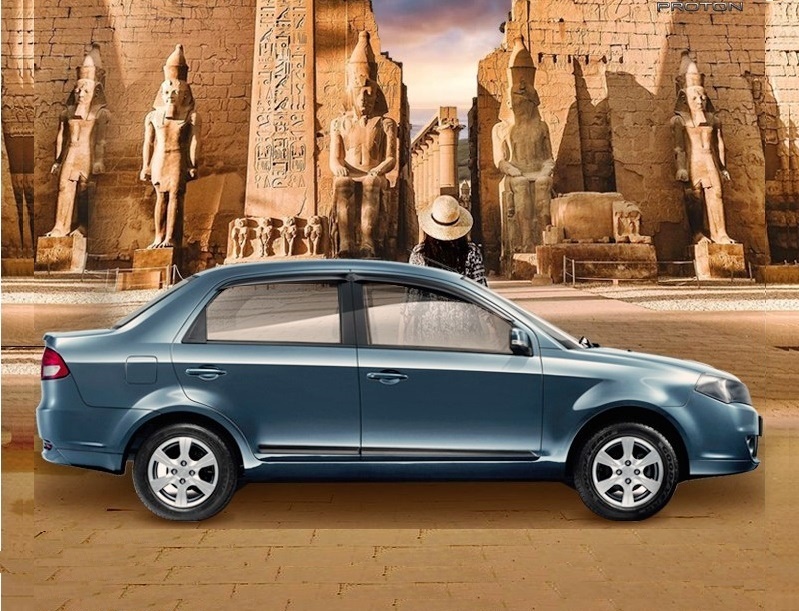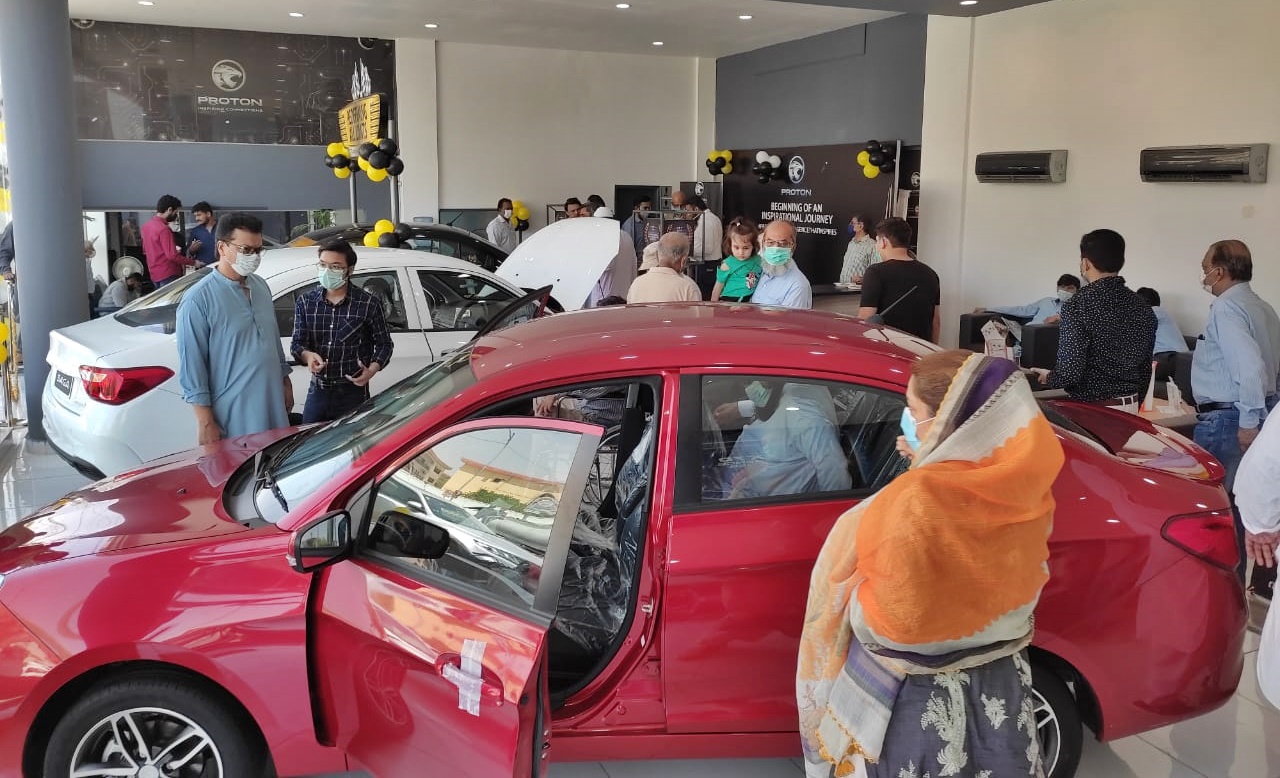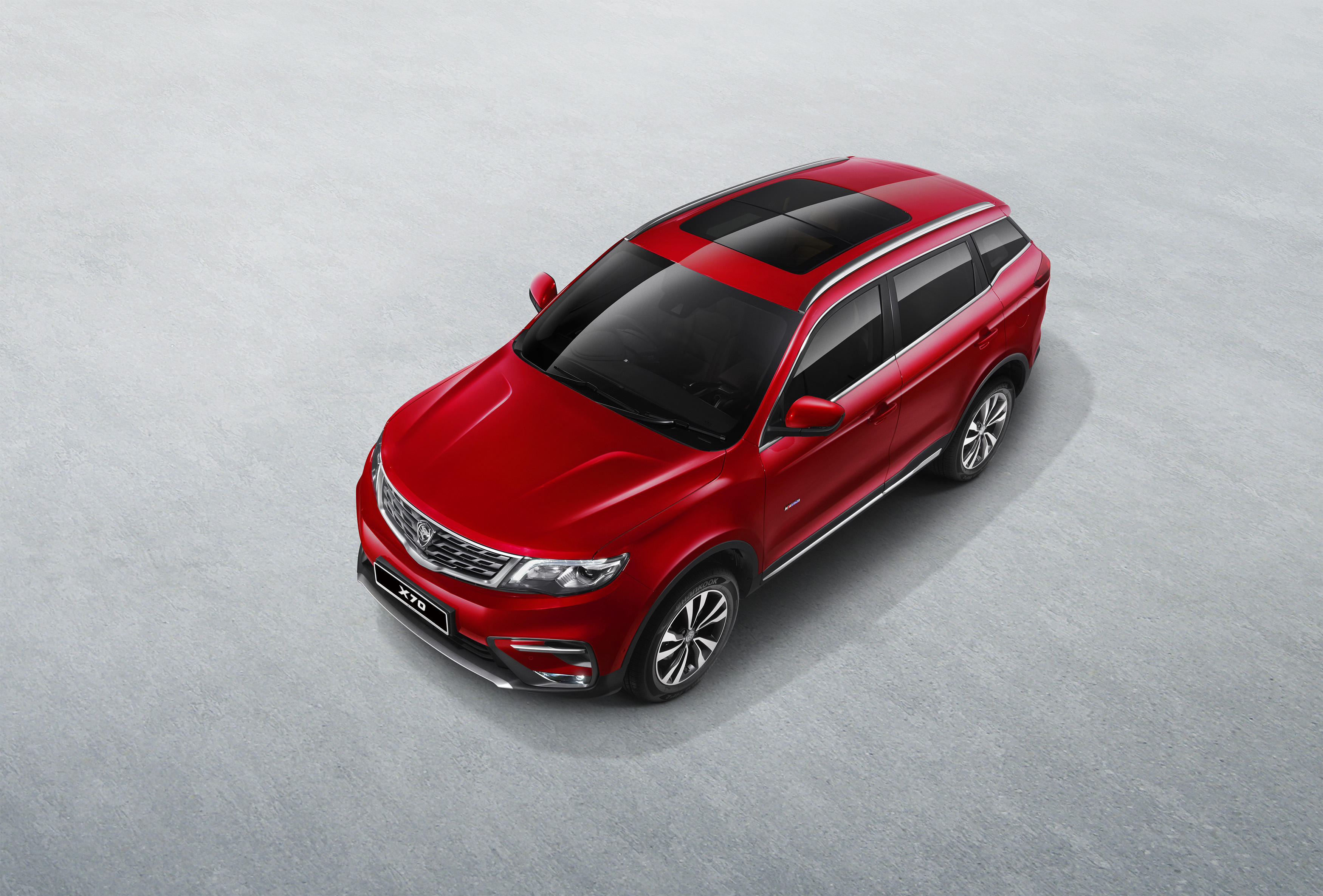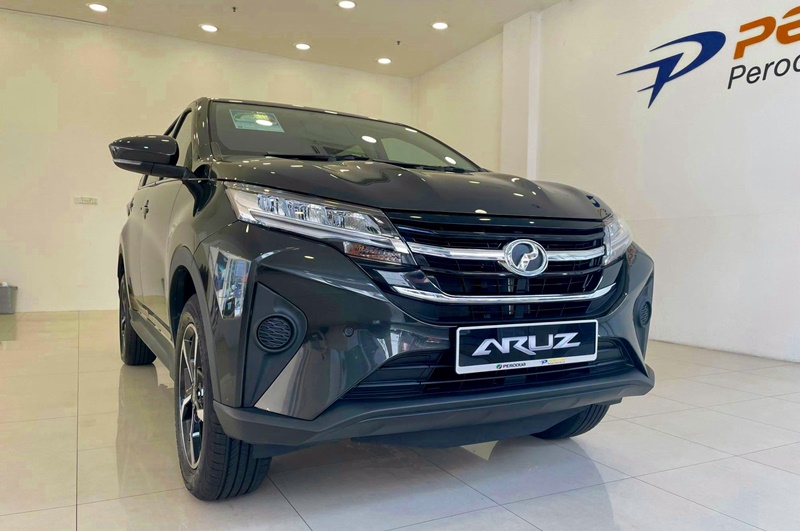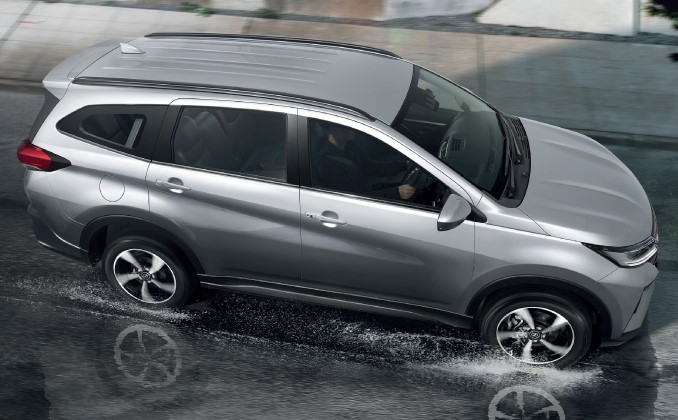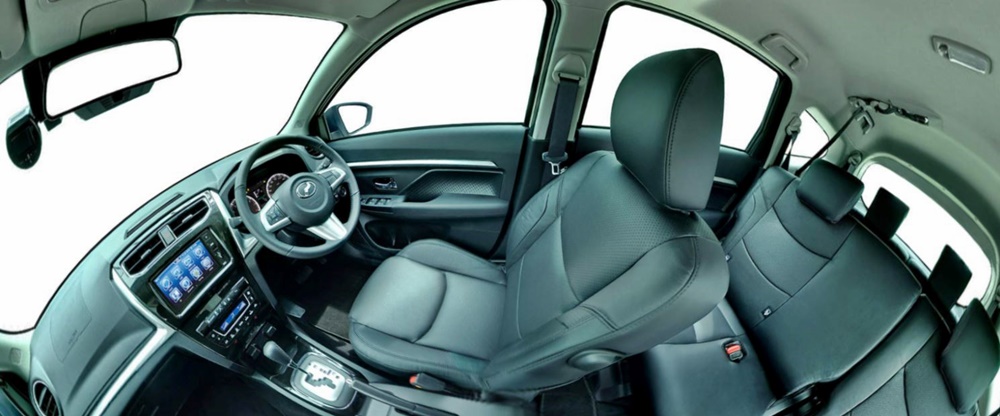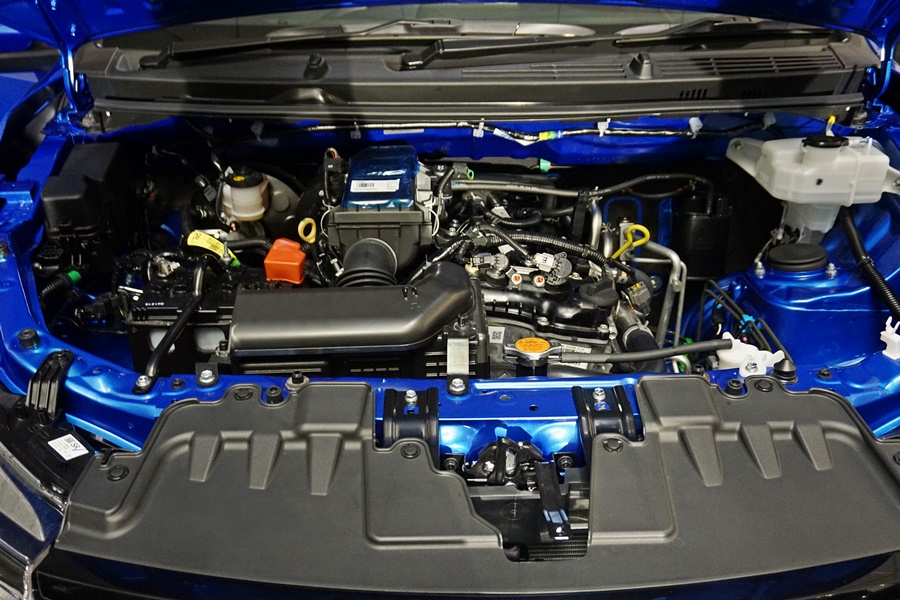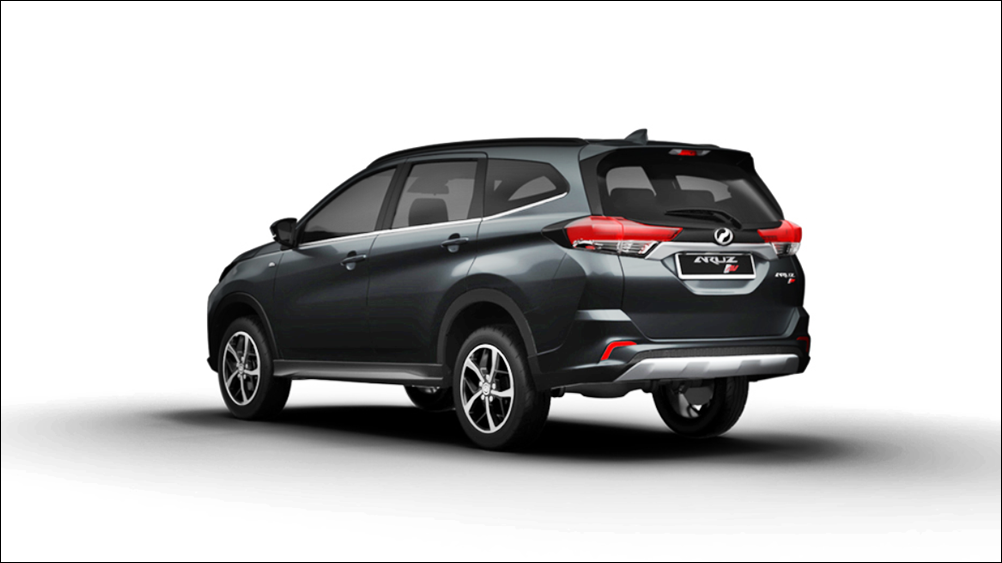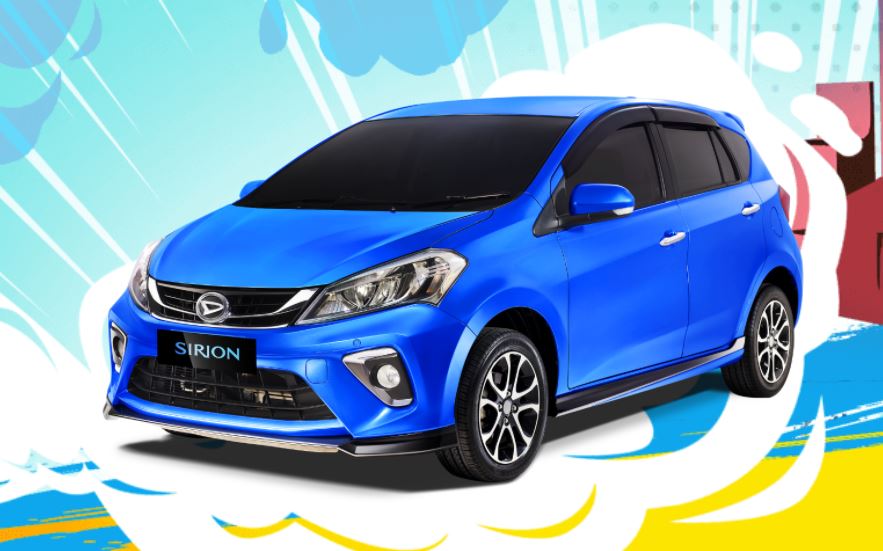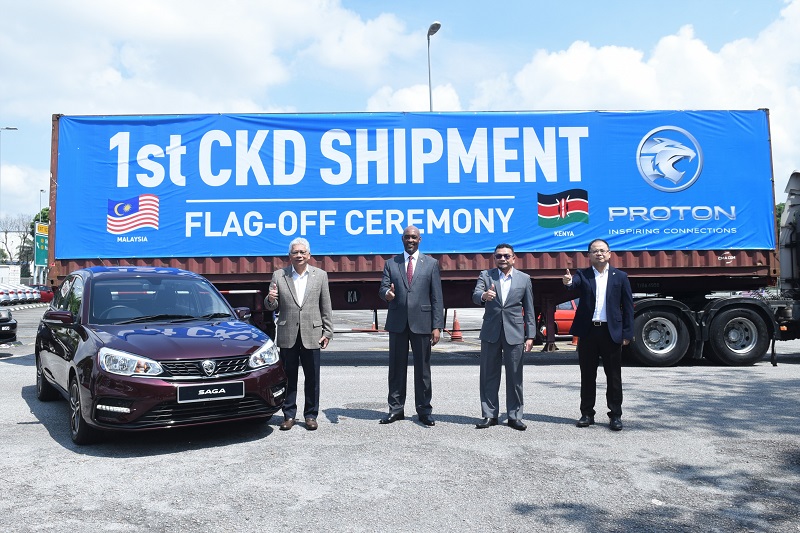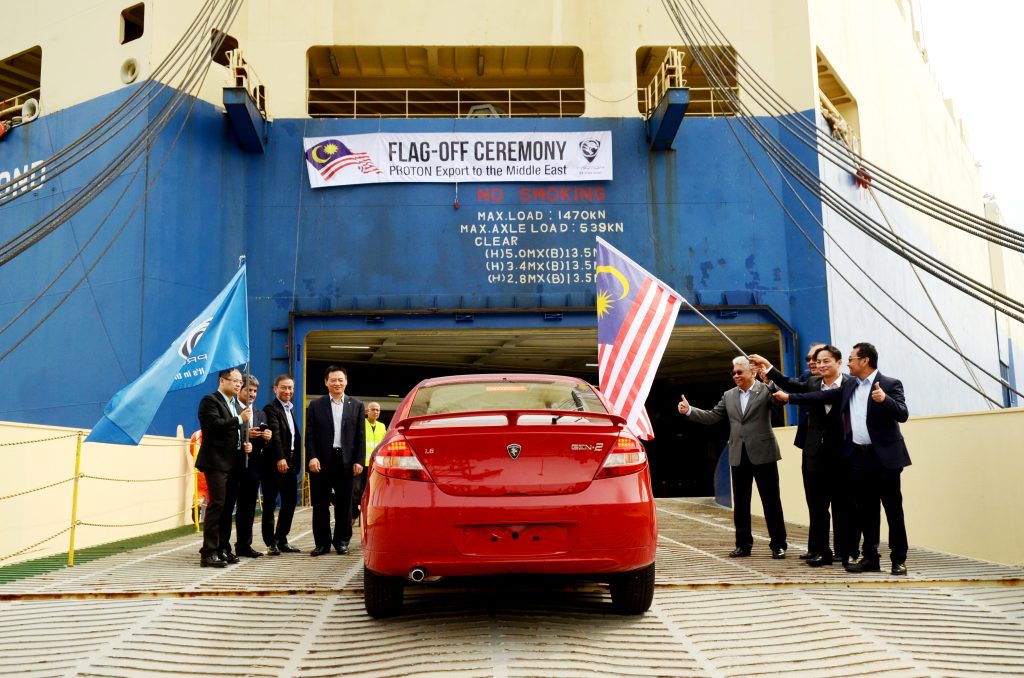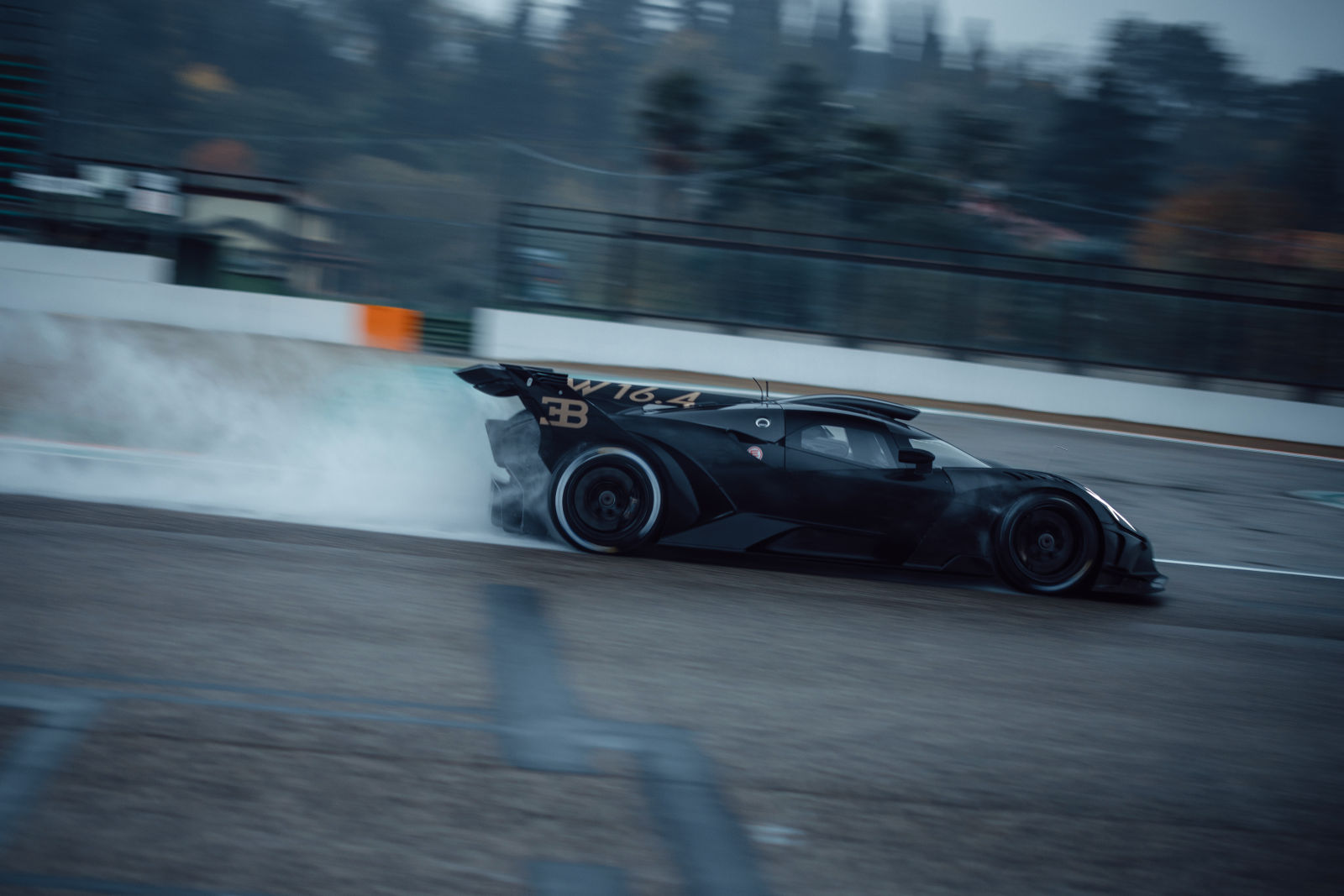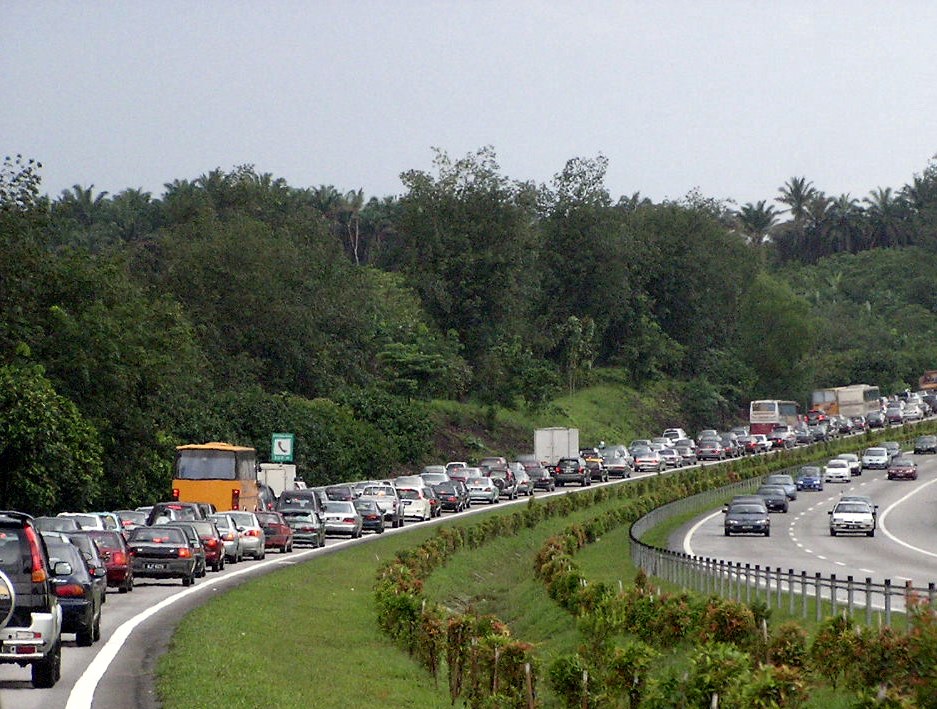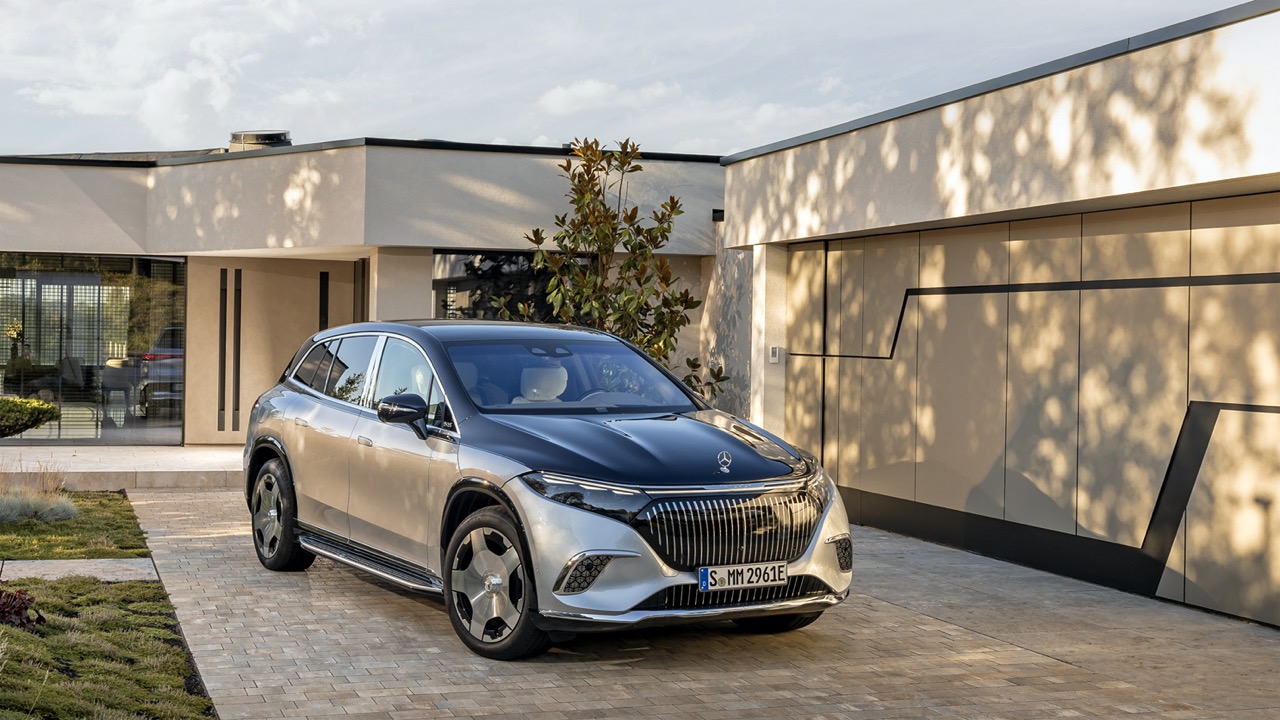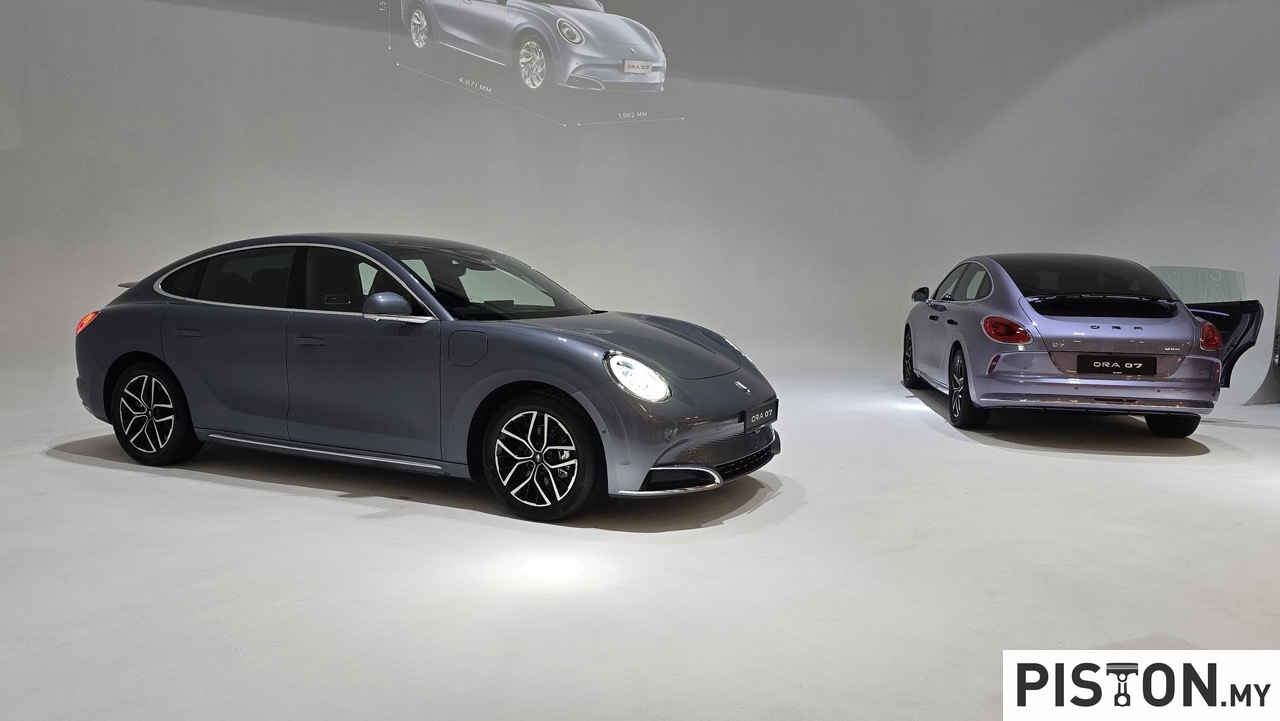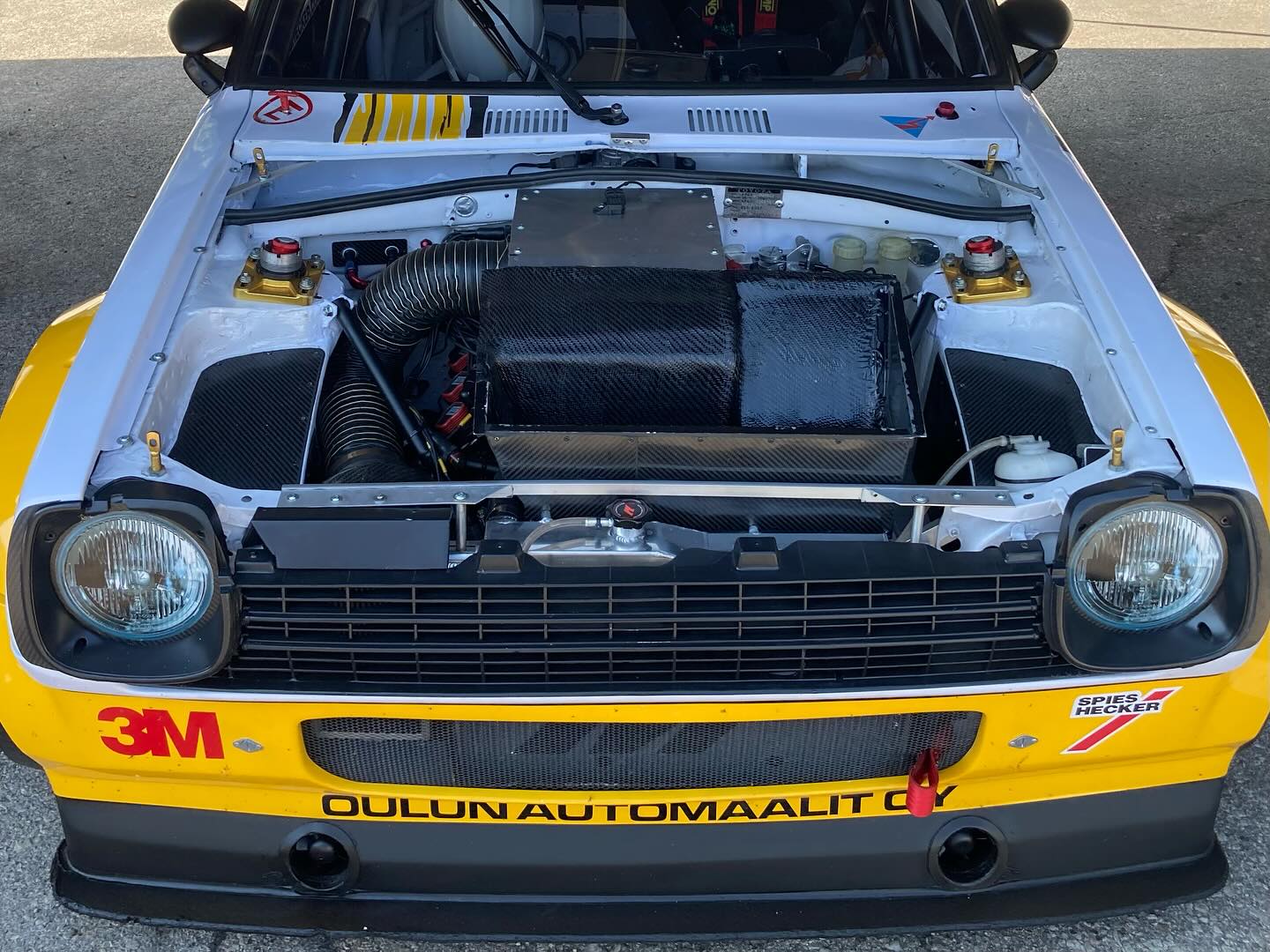His Royal Highness the Yang di-Pertuan Agong, Sultan Ibrahim, held a meeting with His Highness Ouyang Yujing, the Chinese Ambassador to Malaysia, this morning (April 12), focusing on bilateral relations between Malaysia and China and addressing current issues affecting both nations.
During the face-to-face session, His Majesty provided insights on the direction of diplomatic ties between the two countries and emphasised the importance of identifying opportunities for broader cooperation. China holds significant economic influence globally and is a key trading partner for Malaysia. His Majesty expressed hope that Malaysia would capitalise on its unique strengths to enhance trade volume, foster technology exchange, and expand exports to China. Additionally, he encouraged increased investment from Chinese companies in Malaysia, aiming to create more employment opportunities for the nation’s citizens.
In a notable moment during the meeting, His Majesty was presented with the Hongqi L5, a luxury car manufactured in China, making him the first owner of this car worldwide. The Hongqi L5, produced by FAW Group, boasts a retro-style design and is utilised by China’s top leaders for state and diplomatic functions.
For those who may not know, Hongqi is a Chinese premium car brand owned by the FAW Group (First Automobile Works). It was founded in 1958, making it China’s oldest passenger automobile brand. Hongqi is a Chinese word that means “red flag.”
The L5 looks like a mix of a 1940s lowrider and a modern Rolls-Royce. This new version takes inspiration from the British-made Rolls-Royce and is said to be more imposing and pricier.
They made some updates to make the new L5 different from the 2014 model. It has a taller chrome grille, a new front bumper with different lights, and a lower black grille with a chrome piece in the middle. The retro-style headlights from the old model blend in nicely. The L5 has a cool two-tone white and blue paint job that grabs attention.
Inside, the L5 mixes old and new styles. The dashboard has three big screens, but the steering wheel only has two spokes. Even though there are lots of screens, Hongqi kept some traditional buttons on the console and dashboard.
It is equipped with a V8 4.0-litre turbocharged engine that delivers a maximum power of 382hp.


